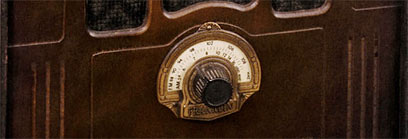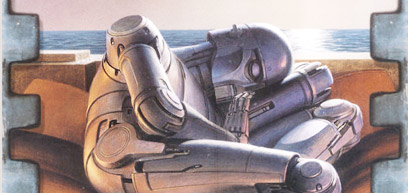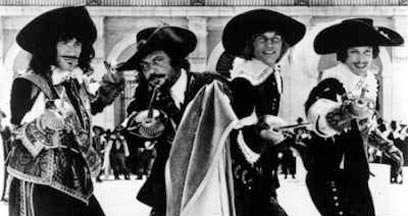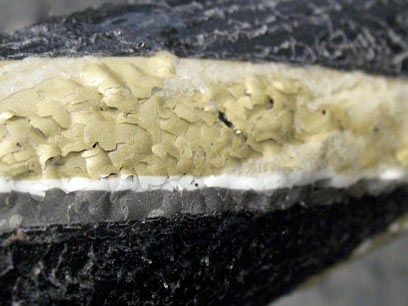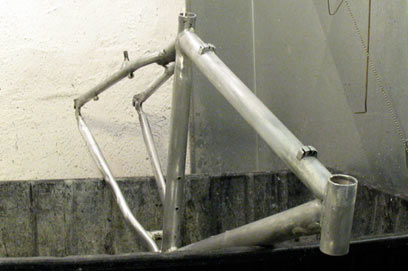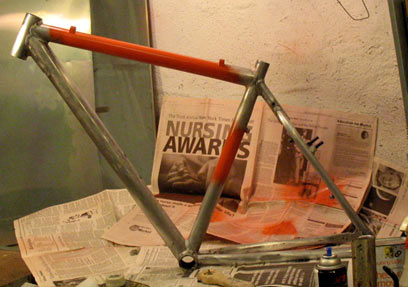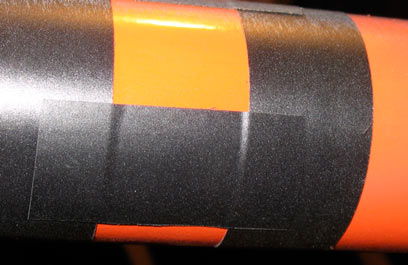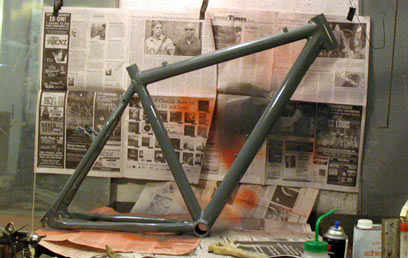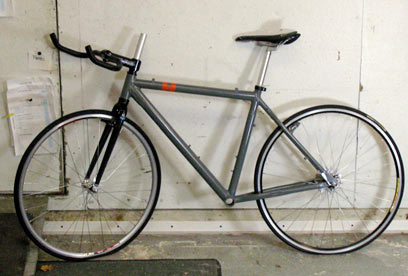
Dreamation is a game convention I go to every year in New Jersey. You probably know about it because you’re either one of the people I saw there or because you know me and know that I disappeared for four days a couple of weeks ago. It’s a pretty cool thing. They make indie designers extraordinarily welcome, giving us food and beds, a really sweet place to sell our games, and lots of friendly and positive space to play in. I can’t thank them enough, and they seem to feel that we bring a lot to the con. It’s the kind of symbiosis that you hope for.One of the annual events is a roundtable discussion of peoples’ game designs. Usually its run by Luke Crane and Jared Sorensen, but Jared bailed this year, leaving it to Fred Hicks and Rob Donoghue to play Luke’s foil. They did a stellar job, joining Luke in asking perceptive questions to help people refine their ideas, offering solutions of their own, and keeping the room positive and focused.
One of the things that I noticed about this year’s Independent Publishing Roundtable was that it was frickin’
crammed with people. My first year, there were maybe a dozen people. Then it was two dozen. This year it was maybe 50 or 60 people. That’s really excellent. It’s a lot of fun, we get to hear people’s excited ideas and encourage folks to make art. It’s a blast.But it means that we have to ask some tough questions of ourselves when we start thinking about this game we’ve got designed. Here’s a list of these questions. I think that, if you’re thinking about designing, publishing, or selling a game, you should make sure that your answers are really your answers and not based on flawed — and potentially demoralizing and expensive — assumptions.Consider what you’re making when you’re making a game.
Is this something that solves a problem you have when playing with your friends?
Do you and your friends enjoy playing with this?
Does it invoke a new way of looking at play?
Consider if you want to publish your game.
Do you want to share the experience you have at the table?
Do you want to be subject to critique, useful and otherwise?
Do you want to learn about writing, editing, typography, and the other technical aspects of publishing?
Consider whether you want to sell the game.
Do you want to make sure the game fits a particular market niche, and are you willing to alter it to fit a niche?
Do you want to make decisions about pricing, costs, distribution, and printing?
Do you want to make a profit selling your game?
Don’t just go down and blithely say “yes” to everything. Think about them. And you should take longer to think about each question than the last. And lemme tell you a cold, hard reason why.
I showed up at the Forge booth in 2004 with Under the Bed. There were, if I recall, 31 other games for sale there. I sold 40-some copies of UtB, a quirky little game about toys and children that had a funny way of making adults cry. That’s the year The Mountain Witch came out. It sold 92 copies.
Last year, the Forge/IPR booth had over 100 games for sale. I believe the top seller sold 40-some copies. I don’t remember who that was or what their game was, but I have no doubt that it sold a lot because it was good.
I’ll say that louder: The best-marketed, best-designed, best-sold game sold fewer than half as many copies as the top sellers in the two previous years. You, as a potential publisher, now have a lot of competition. It’s friendly comptetition, to be sure, and your friends will all help you sell your game as much as you help sell theirs, but it’s a crowded booth. You want to make sure your vision of your game is served by what you’re doing with it. So consider these possibilities:
You have a game that is fun to play with your friends and at cons. Play it with them! Have a great time! This may not need to be published. Playing with people and having fun is, after all, what this endeavor is all about.
You have a game that will interest a very particular niche: fans of another particular game, for instance, or enthusiasts of an unpopular genre, and should therefore invest as little as possible into the production of your game. PDFs, backpack trades, and an enthusiastic Wiki community might be a direction to look.
You can’t answer some key questions above and should wade in slowly, figuring out your answers as you go.
You have a brilliant mechanic, setting idea, or situation, but you haven’t really figure out how the rest of the game works, and are using a system based in assumptions that require questioning. This is a heartbreaker and it’s called that because other designers see the brilliant part, but see the rest of your game as holding back your brilliance.
You may resent the compromises you have to make in order to make your game a commercial success. You really don’t want to resent something that’s supposed to bring you joy.
Don’t do anything you’re going to resent. This is your creation, the fruit of your metaphorical loins! Don’t sell it out because you feel like your idea isn’t as valuable if you don’t sell a lot of copies or you want to play instead of formatting a PDF. Do what is right for this game, for you, right now. Being an independent developer means that you can make those choices for yourself. Don’t make the same choices someone else made just because they made them. Their circumstances were different. Make your own choices for your own art.

